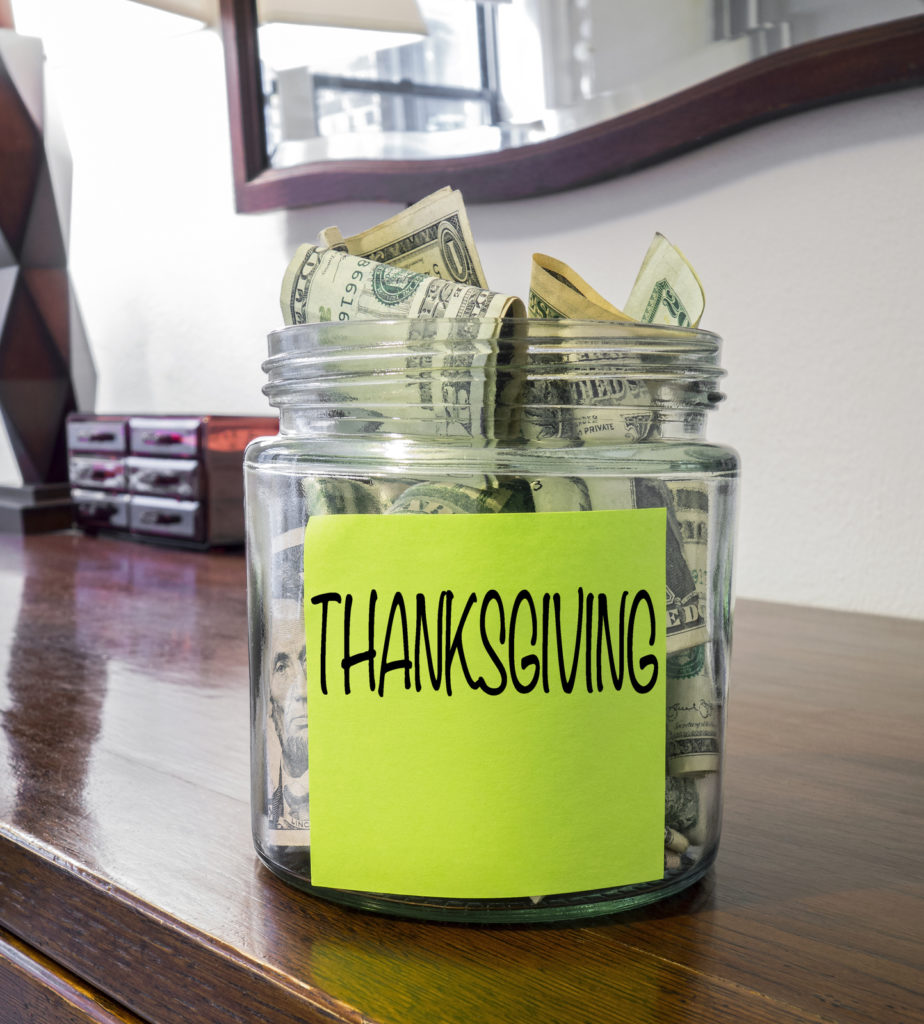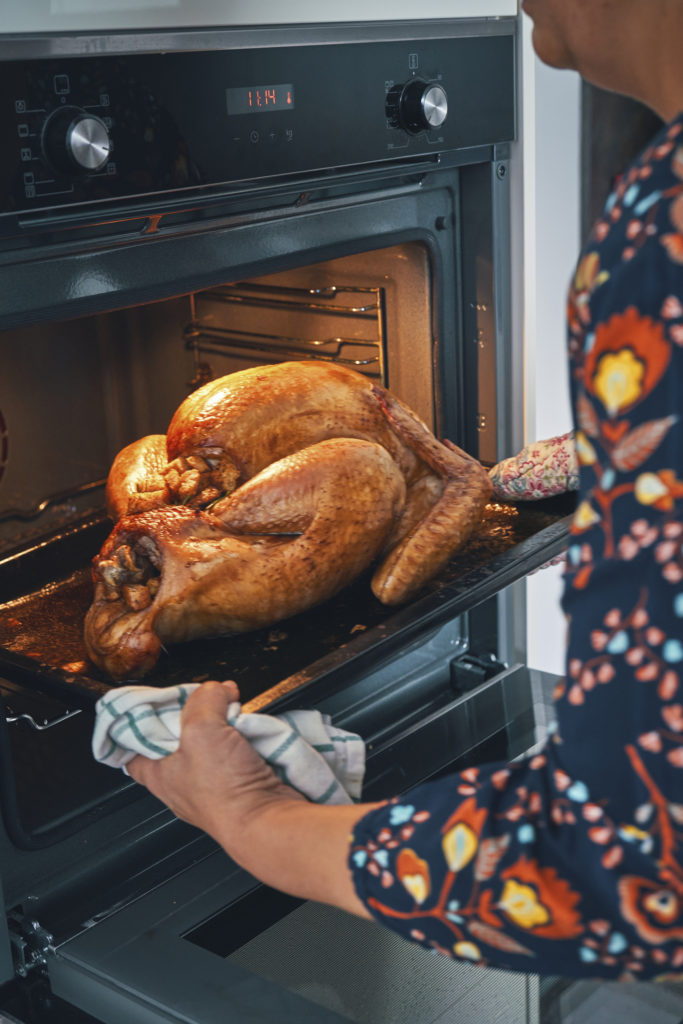Thanksgiving Dinner and Financial Planning in One Sitting


The Thanksgiving holiday is right around the corner, and you likely have a lengthy to-do list: menu planning, grocery shopping, cooking, cleaning, et. al. But before you get swept up in the holiday hubbub, we thought we’d whet your palette for the indulgent meal by exploring five ways that your holiday planning mirrors financial planning basics.
1) Plan a Menu
Preparing a Thanksgiving meal is a big time commitment – some dishes even require preparation several days in advance. The first menu decision is typically the selection of the main course, and whether you enjoy ham, turkey, or a vegetarian option, the rest of the meal preparation is usually in service of that main dish. After the main dish has been decided, then comes some additional brainstorming. What sides will best complement the main dish? What ingredients do I need?
To make a connection to financial planning, the main dish in this metaphor is a Client’s financial goals, which are integral to the financial planning process. Once we as financial planners are aware of a Client’s goals, we use them to help guide us in moving forward with the rest of the process, and “carve” our expertise around them. Additionally, the side dishes we prepare and the ingredients we need can represent the action steps we take to support these goals (more on this later).
2) Budget Battle
Just as creating (and following!) a budget can be the foundation to a successful financial plan, it’s also an important consideration when preparing your Thanksgiving dinner. According to a 2019 survey from LendEDU, the average American expected to spend $186.05 for the holiday meal.
If you live on a strict budget, this expense might mean that you need to adjust certain aspects of your lifestyle to minimize the impact of the expense. And if you plan well enough in advance for the occasion – cash flow management at it’s best! – you might not feel a noticeable hit to your November budget. “Living out the plan” and “adjusting in real time” are a few statements we continuously share with Clients when discussing their cash flow, and an event such as a Thanksgiving dinner is a great example of seeing those statements play out.

3) What About the Sides!
Some people believe that the sides dishes are the best part of a Thanksgiving meal. The green beans, mashed potatoes, spiced apples, and stuffing (just to name a few that are prepared in my family) complement the main course and make the meal feel complete.
As we stated earlier, the side dishes work in favor of the main dish; therefore, our side dishes in this metaphor are the many financial planning tools and analyses we utilize for our Clients in support of their financial goals.
Let’s consider an example. A Client may have a goal to fund their child’s education account. Our “side dish” analyses, then, might include:
- Reviewing a Client’s income and expenses to determine whether they’re running a shortage or surplus within their everyday cash flow, and building them a cash flow projection where they have the capacity to save.
- Reviewing a Client’s overall tax picture to project what they may owe in federal and state taxes to avoid being blindsided by a large tax bill and keep them on track for their savings goals.
- Preparing financial planning policies which act as guard rails for a Client to stay within as they live into their financial plan.
- Being proactive for our Clients so they are never unaware of a situation on the horizon that may impact their financial picture.

4) Expect the Unexpected
We all know that life can throw us unexpected curveballs, and those curveballs can certainly come our way when planning a meal as big as Thanksgiving dinner – food could be spilled, the dog could get into the turkey, or someone might accidentally turn off the oven. For these reasons, it’s important to have a backup plan, and, continuing our financial planning metaphor, your financial backup plan is having an easily accessible emergency fund. Having the ability to tap into savings (like running out to buy a precooked turkey), is the backbone to a secure plan. Here’s a few guidelines for establishing your emergency fund.
5) Protect Yourself From the Heat
Hazards don’t always come with warning signs or a sticker saying “hot surface,” so we believe in protecting your financial plan and assets with adequate insurance. We review all of our Clients’ insurance coverages in an effort to make sure they are sufficiently covered in the event of a minor burn or a major catastrophe.
We hope this piece got you not only craving your favorite Thanksgiving meal, but also helped you think of an aspect of your financial picture that you may want to review more comprehensively with your team at Yeske Buie. Just like how the main course can change each year given who is in attendance, your financial planning goals can always evolve, too. Shifting things around to make sure your financial plan is working in service of your goals is what we strive for, and we always welcome a phone call or email to walk an idea around the block with you. Happy Thanksgiving!
References:
- Think Of Your Financial Life Like A Thanksgiving Dinner
- How Preparing Thanksgiving Dinner Relates to Financial Planning
